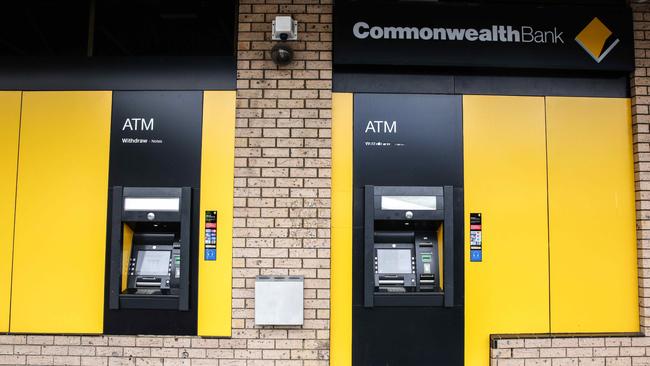Cash usage is on the decline but there’s some key reasons why it is far from dead
Australians are shying away from using cash but experts say there’s plenty of good reasons why we still need to use notes and coins to pay.

Cash usage in Australia is falling as consumers admit the COVID-19 pandemic has forced them to use card payments.
Fears over the spread of coronavirus by using notes and coins has prompted both businesses and consumers to rely solely on debit and credit cards, and other payment methods such as smartwatches and payment rings.
New research from accounting software firm MYOB has found almost three in five Australians will use less cash than before when the pandemic ends, and similar numbers say local shops only take contactless payments.
The Australian Payments Network’s chief executive officer, Andy White, said consumers had continued to choose “cards over cash for some years now”.
“Retailers are encouraging customers to use contactless [payments] during this period and some who might have previously used cash are now also paying by card or digital wallet,” he said.
“This behaviour is likely to continue after the pandemic.”
The Reserve Bank of Australia’s assistant governor Michele Bullock said last week there had been a “sharp and sudden” shift to contactless payments during the pandemic but some people still remained reliant on cash.
“There is still a significant minority of the population that continue to use cash for face-to-face payments,” she said in a speech.

MORE NEWS
How to fatten your superannuation after withdrawing money early
Is now the best time to fix your home loan interest rate?
Ms Bullock also said recent RBA consumer research showed, “cash users tended to be older or people on lower incomes”.
ATM withdrawals in April fell 30 per cent from the month before.
The Reserve Bank’s latest Consumer Payment Behaviour in Australia bulletin found Aussies are holding less cash in their purses and wallets.
In 2019 the median value of cash held was $45, compared with $55 in 2013.
The report also showed in 2019 a quarter of people held no cash at all, climbing from 8 per cent in 2013.
In April, in the midst of the pandemic changes, some banks altered contactless tap-and-go limits from $100 to $200 as a temporary measure to reduce the need to touch a payment terminal’s PIN pad and spread germs.
It is being reviewed later this month to determine whether this limit will continue to stay at $200.
University of NSW economics professor Richard Holden said within a few years Australia could become cashless.
“It’s better for businesses because they don’t have all the cash-handling problems and it’s really just a question of whether it is going to be given a nudge by the Reserve Bank,” he said.
“We could end up like Sweden where they have nearly all their transactions as cashless but they haven’t gone all the way.”
Prof Holden said this could be done by having a digital Aussie dollar or ultimately phasing out cash.
DISAPPEARING DOLLARS
• 59 per cent say they will use some cash but not as much once the pandemic ends.
• 59 per cent say some of their local stores are only offering contactless payments.
• 44 per cent of people use a credit/debit card or mobile for payment more now than 12 months ago.
• 48 per cent believe cash is safe to use.
Source: MYOB survey of 1080 Australians, May 2020

